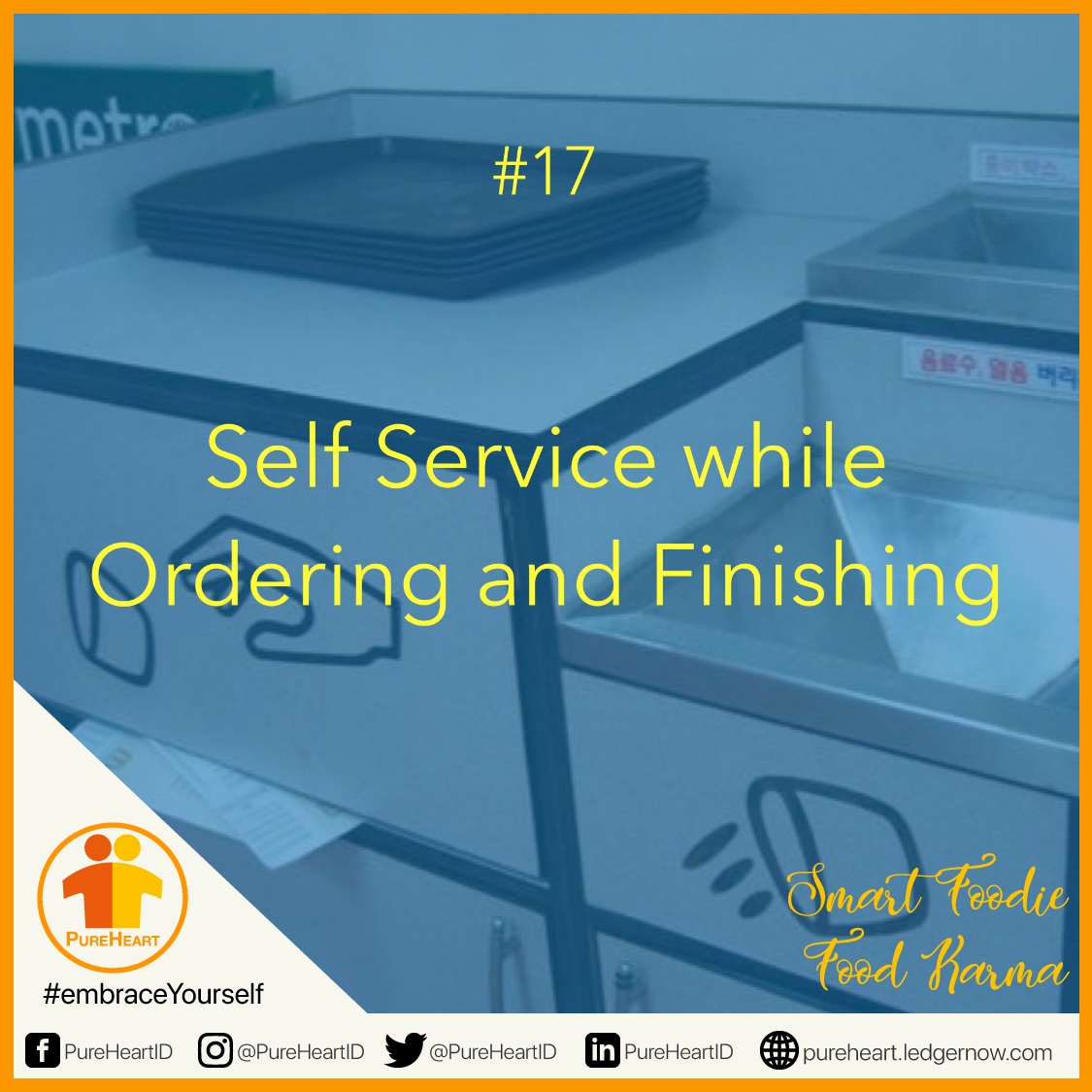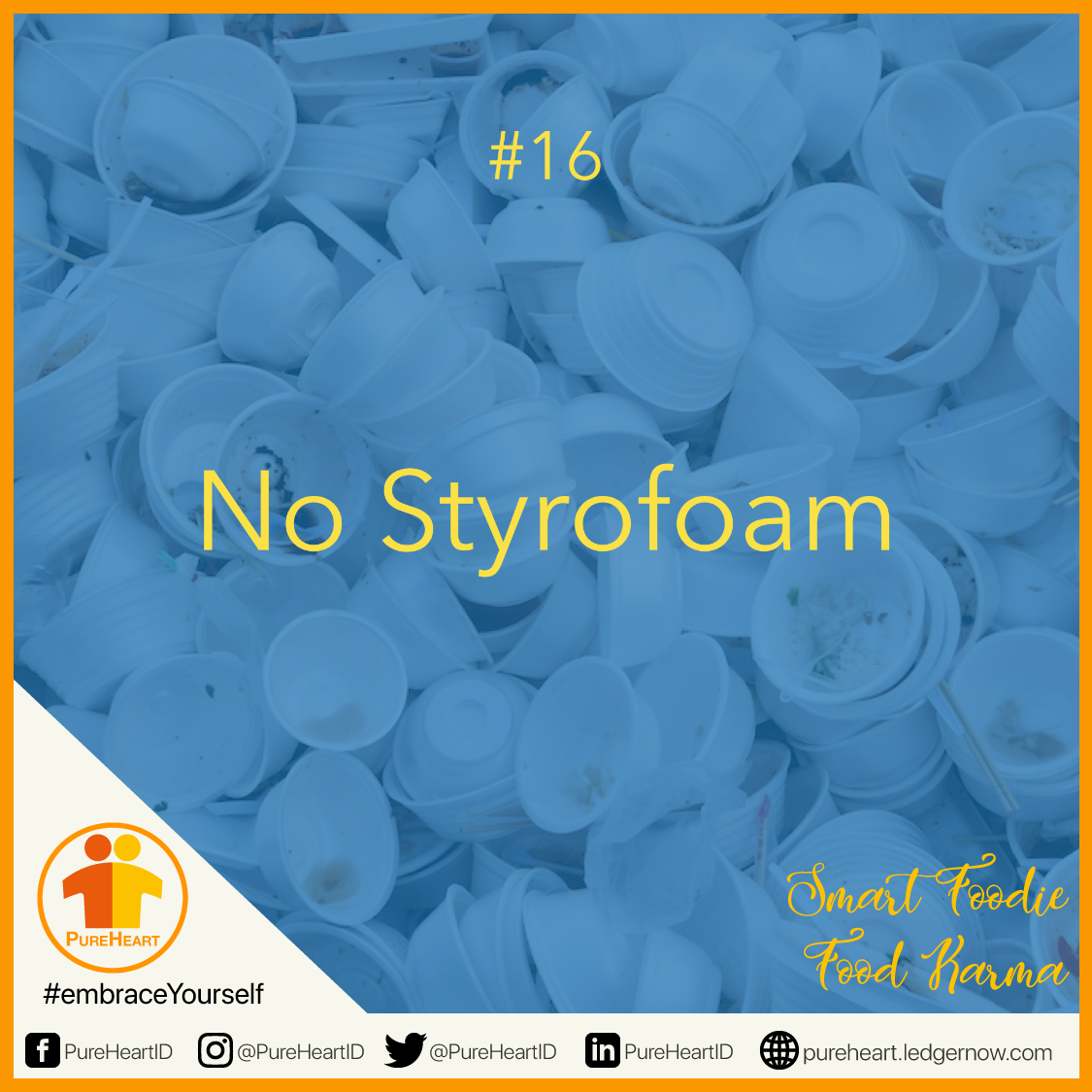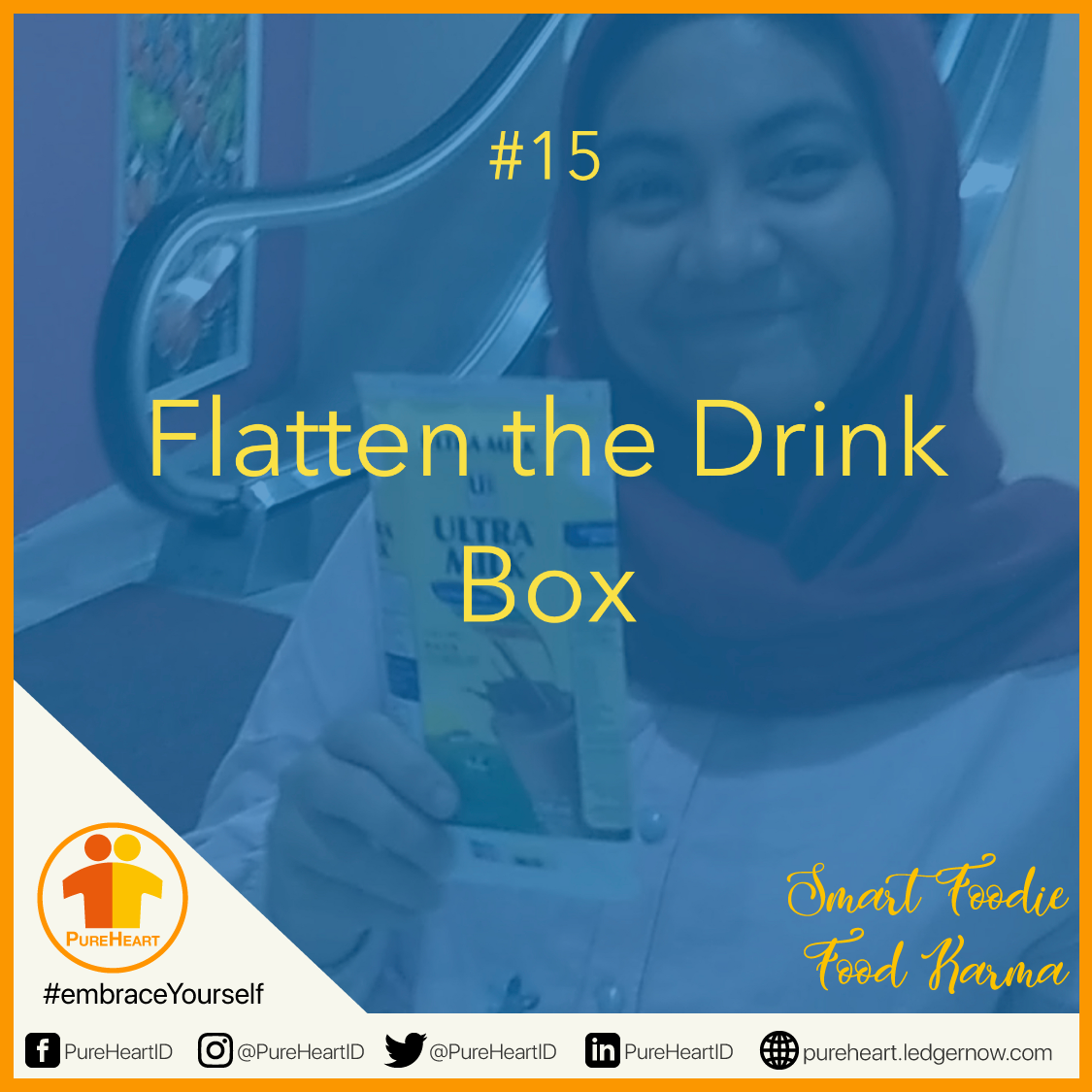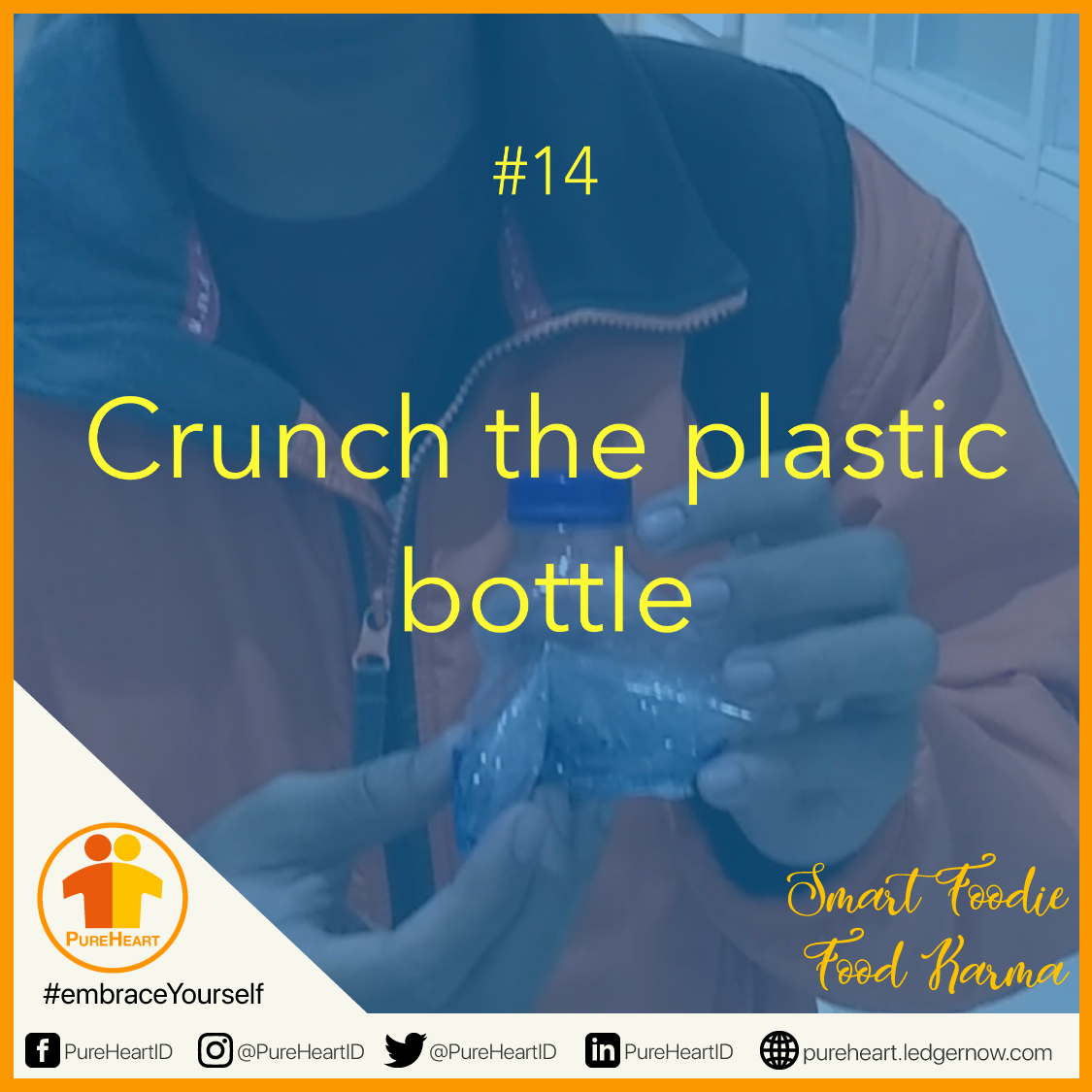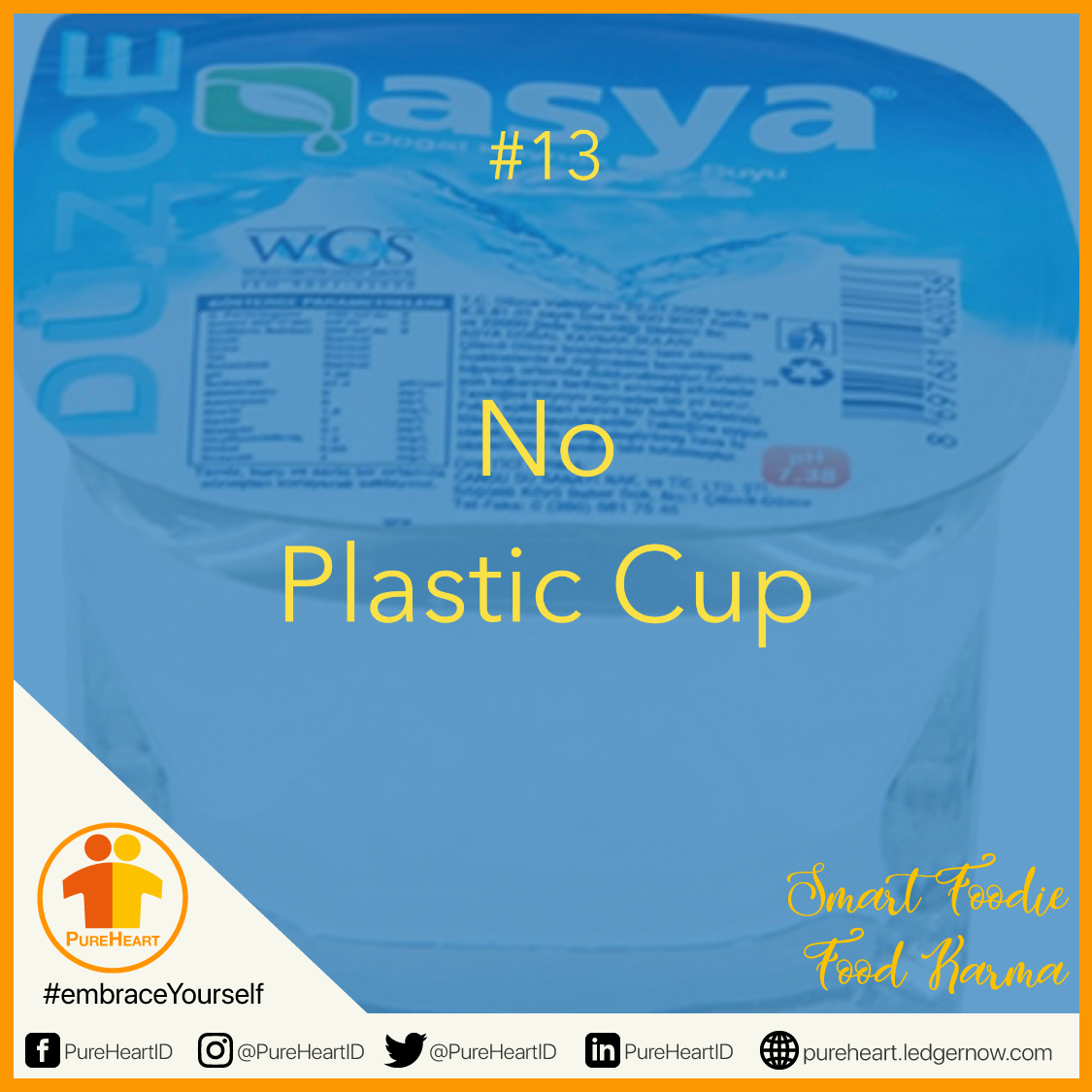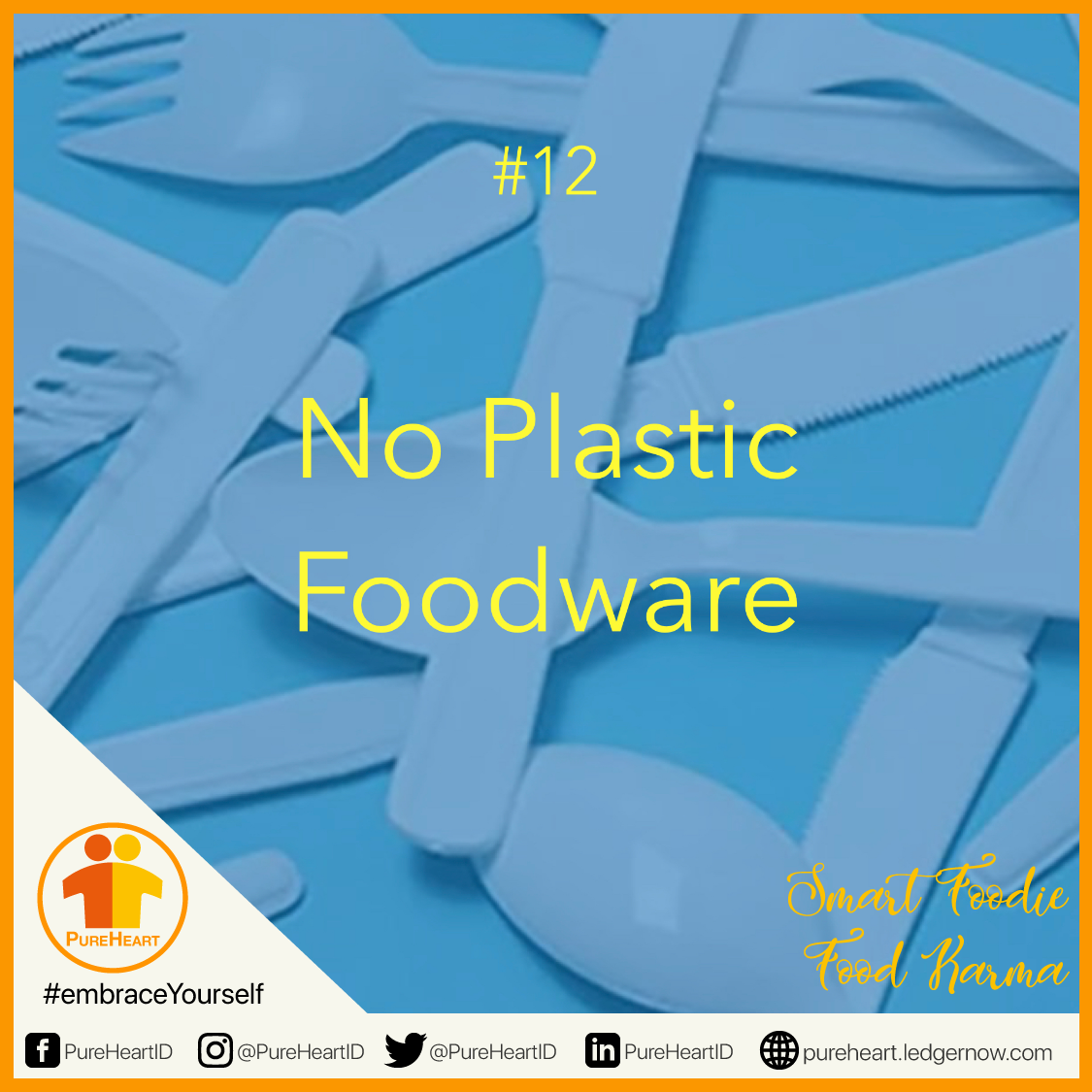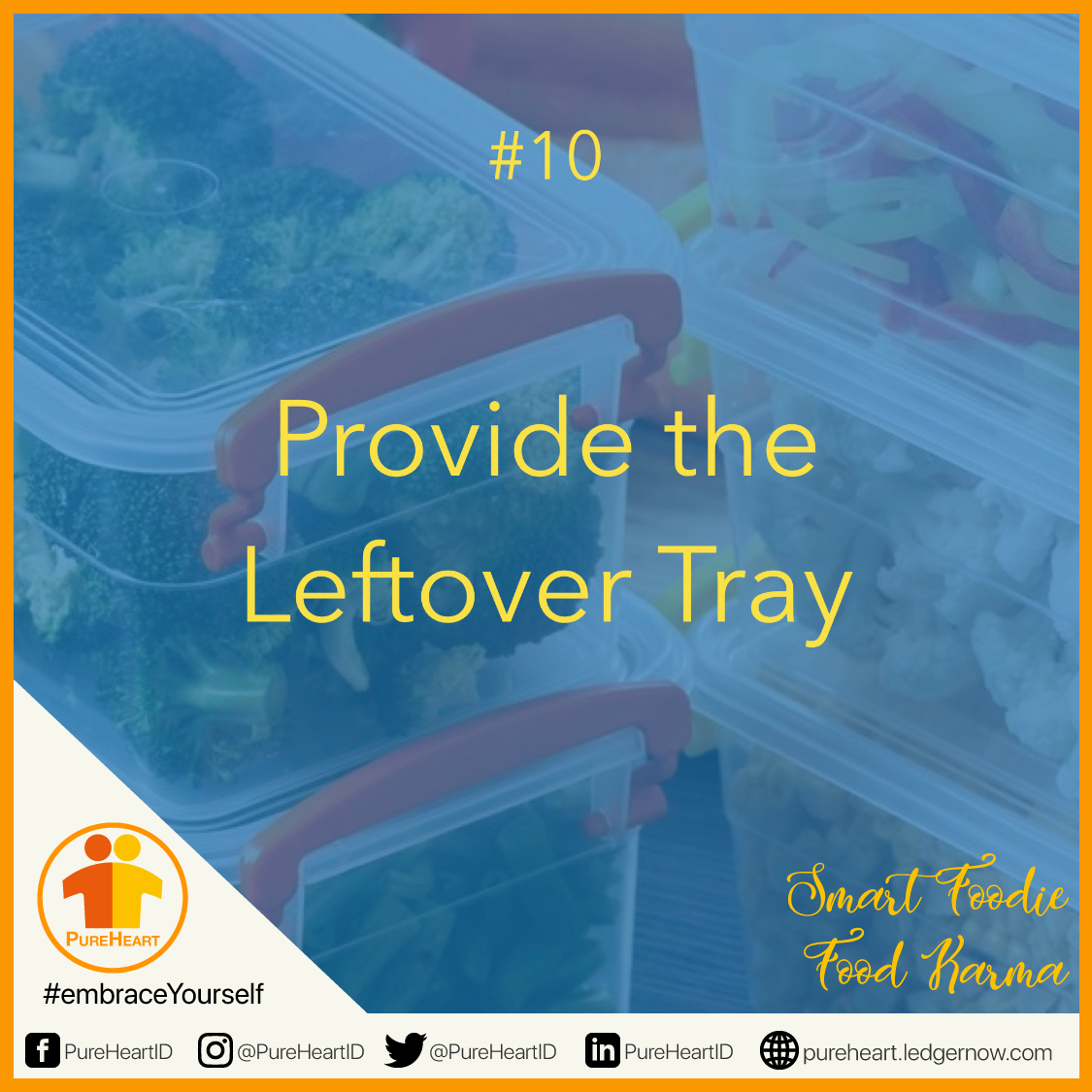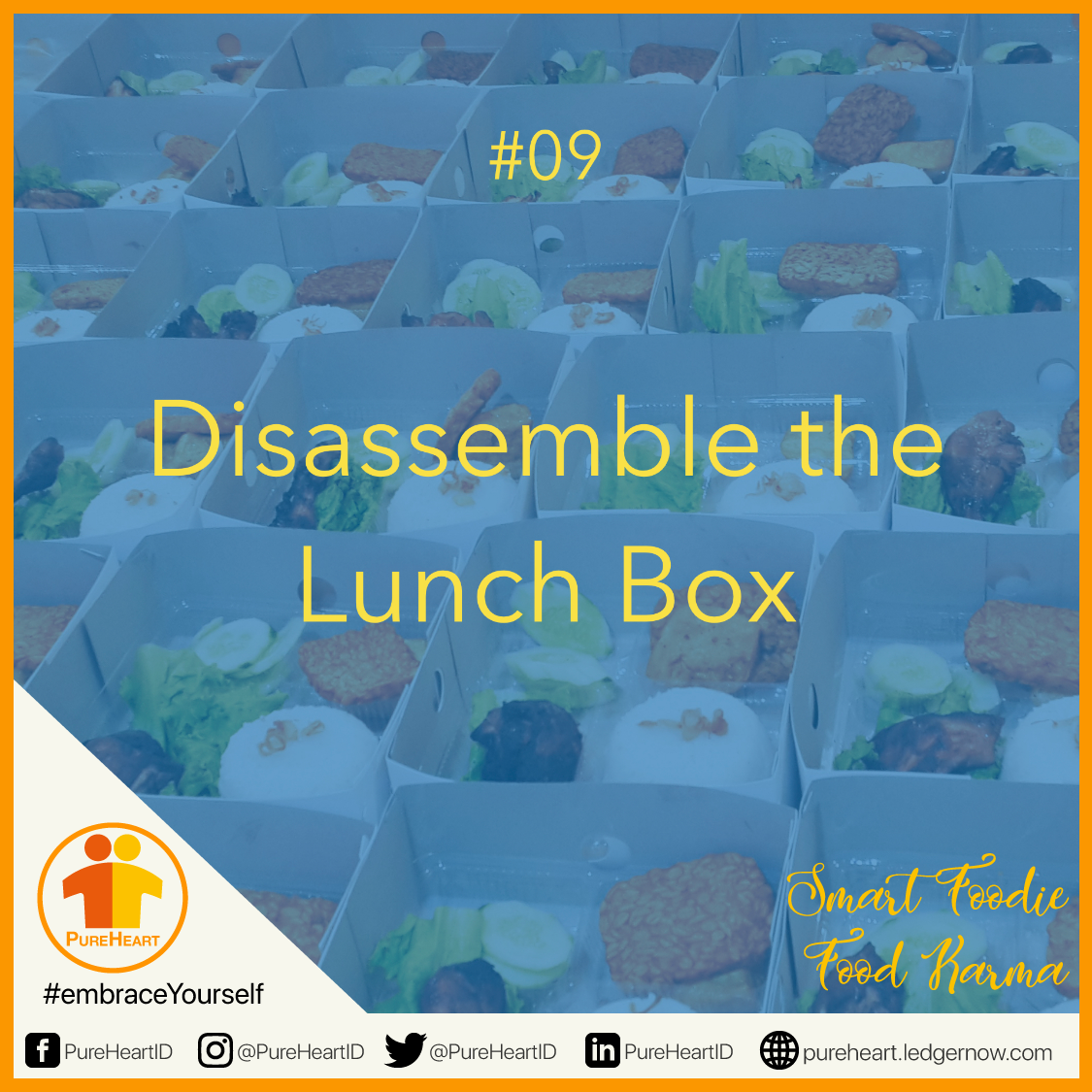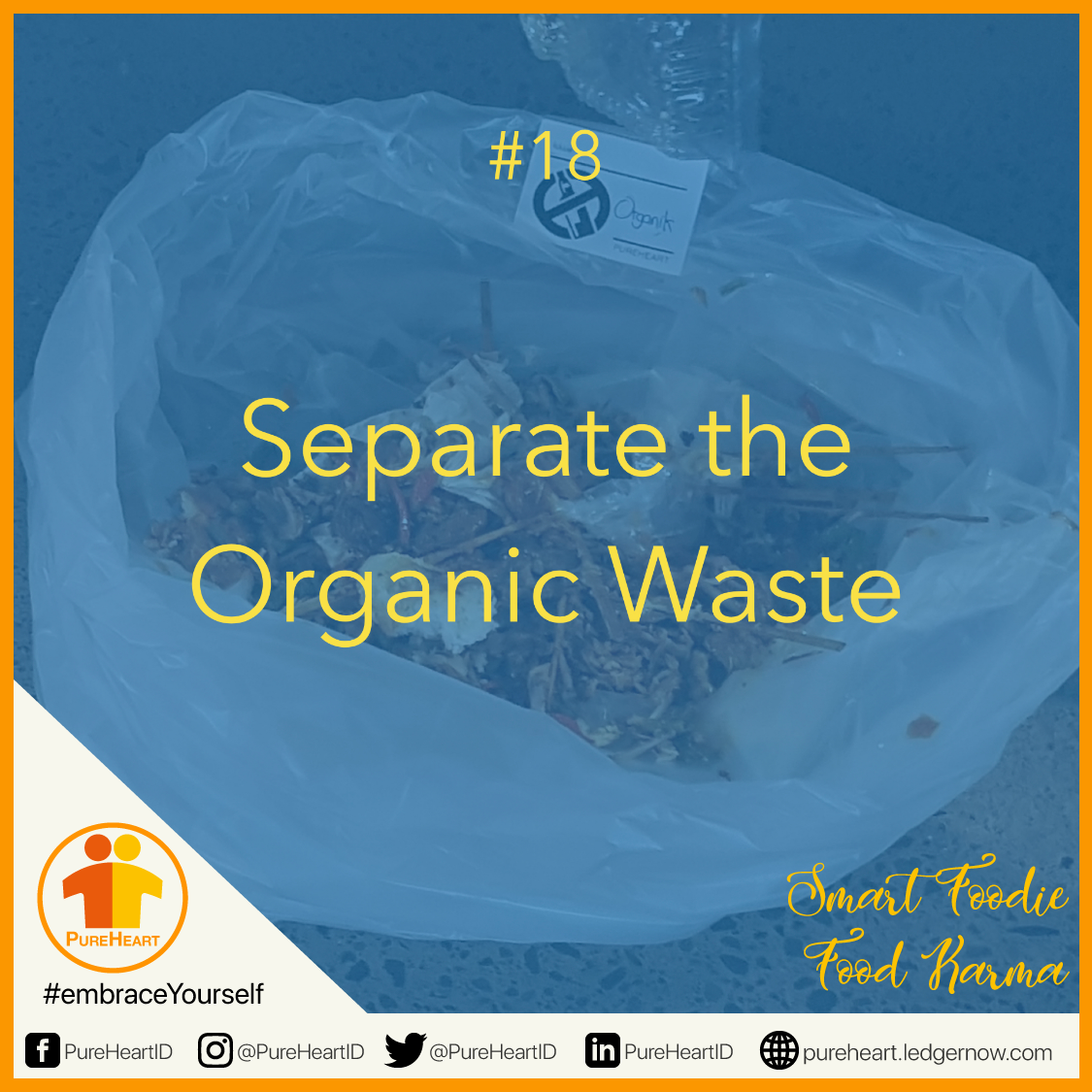
Pisahkan Sampah Organik
Proyek ‘Milano Recycle City’, yang diluncurkan di Milan, kota terbesar kedua di Italia pada tahun 2012, dengan sangat jelas menunjukkan banyak manfaat dari menggunakan kantong sampah kompos ‘biowaste’ untuk pengumpulan sampah organik. Itu tidak hanya memberikan semua rumah tangga Milan dengan cara yang bersih, higienis, dan mudah untuk membuang limbah dapur organik mereka, tetapi juga meningkatkan jumlah biowaste yang dikumpulkan secara terpisah dengan sangat besar selama 18 bulan pertama proyek.
Tingkat kontaminasi aliran limbah organik berkurang secara drastis, sementara aliran limbah lainnya tetap lebih bersih. Yang paling penting, lebih banyak sampah organik dialihkan dari tempat pembuangan sampah, di mana jika tidak maka akan menjadi sumber besar emisi gas rumah kaca. Proyek ini telah melampaui semua harapan, dan Milan mencapai tingkat pengumpulan terpisah 53,5 persen pada tahun 2015, kontribusi utamanya adalah limbah makanan.
Apakah Anda ingin itu terjadi di lingkungan Anda? PureHeart meminta Anda untuk bertindak sekarang.
Bersih! Bersih! Bersih!
Separate the Organic Waste
The project ‘Milano Recycle City’, which was rolled-out in Italy’s second largest city Milan in 2012, very clearly demonstrates the many benefits of using compostable biowaste bags for the collection of organic waste. It did not only provide all households of Milan with a clean, hygienic, and easy way to dispose of their organic kitchen waste, it also increased the amount of separately collected biowaste immensely over the first 18 month of the project.
The contamination rate of the organic waste stream was reduced drastically, while other waste streams were kept cleaner. Most importantly, more organic waste was diverted from landfills, where it otherwise would be a huge source of greenhouse gas emissions. The project has exceeded all expectations, and Milan reached a 53.5 percent separate collection rate in 2015, the main contribution of which was food waste.
Do you want that happen in your neighborhood? PureHeart ask you to act now.
Be clean, Be Hygiene!
More information:
Smart Foodie, Food Karma: https://pureheart.ledgernow.com/smart-foodie-food-karma/
Sustainable Giving: https://pureheart.ledgernow.com/sustainable-giving/


